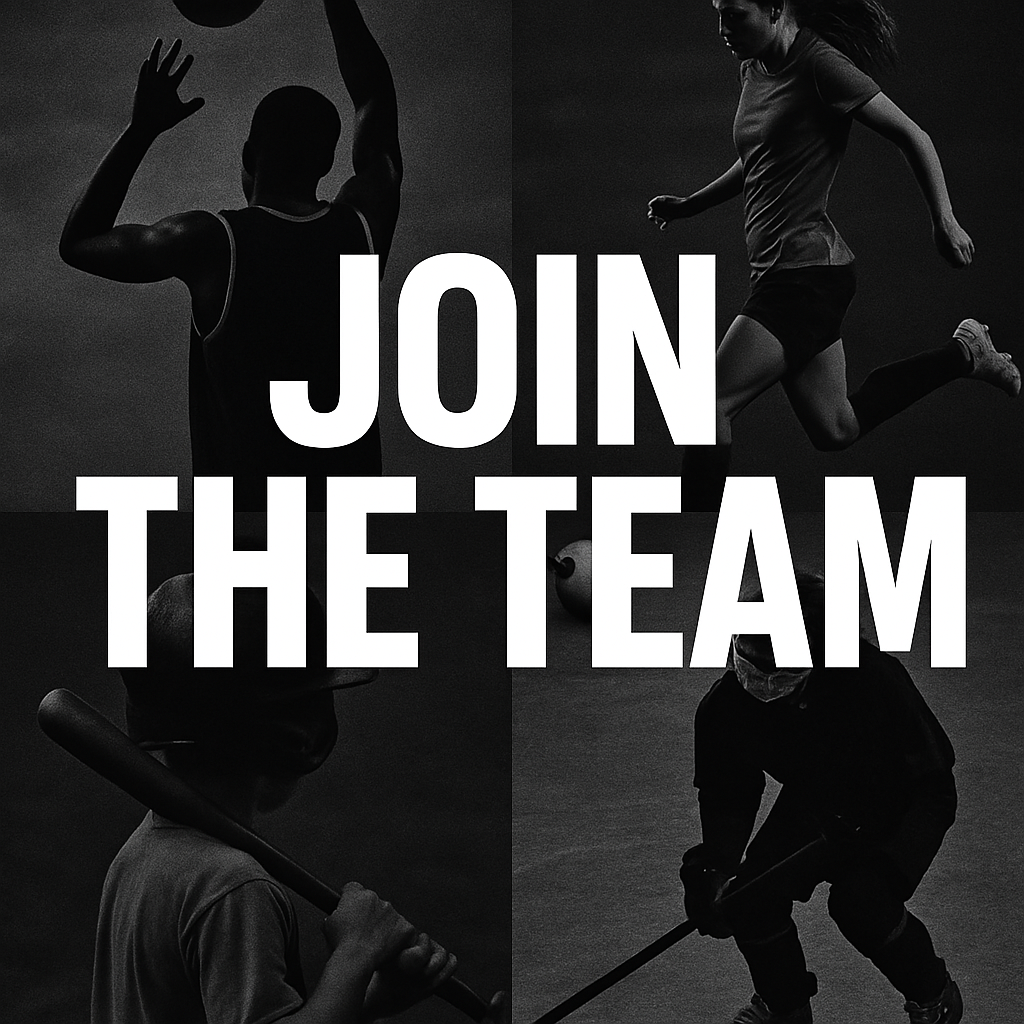Baseball cleats are one of the most important pieces of gear for any player. They provide traction, stability, and support, helping you perform at your best on the field. But with so many options available, how do you choose the right pair? In this guide, we’ll break down everything you need to know to find the perfect baseball cleats for your game.
1. Understand the Types of Cleats
There are three main types of baseball cleats, each designed for specific playing surfaces.
Metal Cleats
-
Best For: Grass and dirt fields.
-
Pros: Excellent traction, durability, and performance.
-
Cons: Not allowed in some youth leagues; can be heavier than other options.
Molded Cleats
-
Best For: All playing surfaces, especially artificial turf.
-
Pros: Lightweight, comfortable, and versatile.
-
Cons: Less traction on wet or muddy fields compared to metal cleats.
Turf Shoes
-
Best For: Artificial turf or indoor training.
-
Pros: Comfortable, flexible, and great for training.
-
Cons: Not suitable for grass or dirt fields.
2. Consider Your Position
Your position on the field can influence the type of cleats you need.
-
Pitchers and Infielders: Look for lightweight cleats with good traction for quick movements.
-
Outfielders: Choose cleats with extra ankle support for running and jumping.
-
Catchers: Opt for durable cleats with strong ankle support and stability.
3. Focus on Fit and Comfort
A proper fit is crucial for performance and injury prevention.
-
Size: Make sure there’s about a thumb’s width of space between your toe and the end of the cleat.
-
Width: Choose a cleat that fits snugly but doesn’t pinch your feet.
-
Break-In Period: Wear your cleats around the house or during practice to break them in before game day.
4. Look for Key Features
Modern cleats come with a variety of features to enhance performance.
-
Ankle Support: High-top cleats provide extra support, while low-top cleats offer more flexibility.
-
Cushioning: Look for cleats with good cushioning to absorb impact and reduce fatigue.
-
Ventilation: Cleats with breathable materials keep your feet cool and dry.
-
Weight: Lighter cleats can improve speed and agility.
5. Check League Regulations
Before buying cleats, make sure they comply with your league’s rules.
-
Metal Cleats: Allowed in most high school, college, and professional leagues but often prohibited in youth leagues.
-
Molded Cleats: Generally accepted in all leagues.
-
Turf Shoes: Ideal for practice or indoor play but not suitable for most game situations.
6. Try Before You Buy
If possible, try on cleats before purchasing to ensure a proper fit.
-
Wear Baseball Socks: Bring the socks you’ll wear during games to get an accurate fit.
-
Walk and Run: Test the cleats by walking, running, and making quick movements.
-
Check for Pressure Points: Make sure there are no areas that rub or cause discomfort.
7. Maintain Your Cleats
Proper care can extend the life of your cleats.
-
Clean After Use: Remove dirt and mud after each game or practice.
-
Air Dry: Let your cleats dry naturally to prevent odor and damage.
-
Replace When Needed: Worn-out cleats can reduce traction and increase the risk of injury.
Final Thoughts
Choosing the right baseball cleats is essential for performance, comfort, and safety on the field. By considering factors like playing surface, position, fit, and league regulations, you can find the perfect pair to suit your needs.
At Nubreed Sports, we’ve got a wide selection of baseball cleats to help you step up your game. Stop by or visit us online to find the perfect pair and dominate the diamond!

